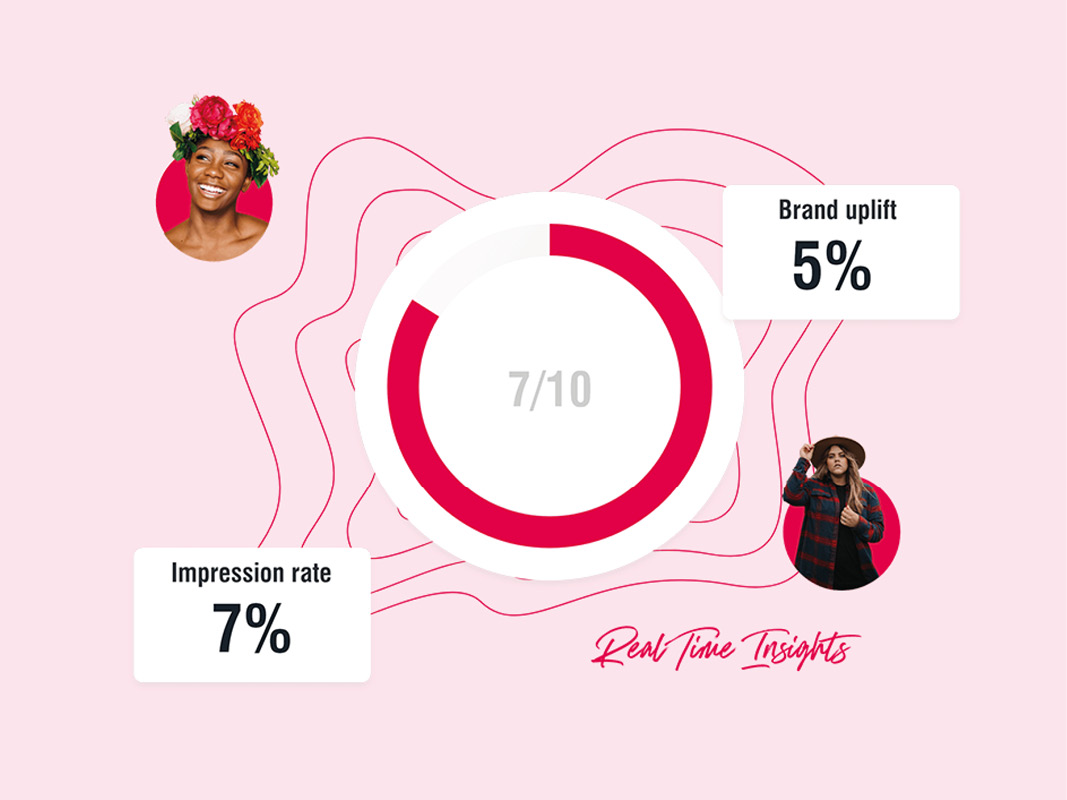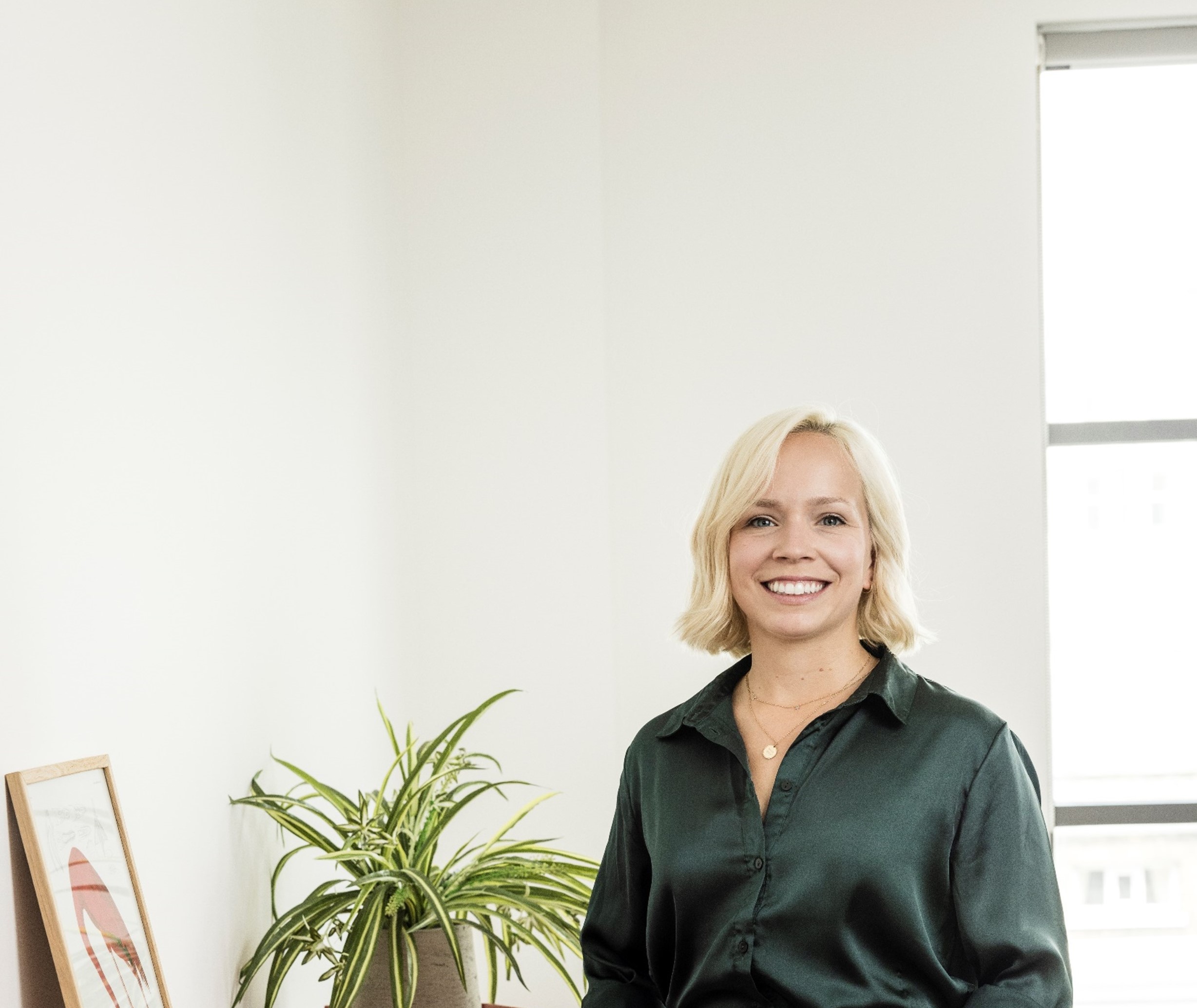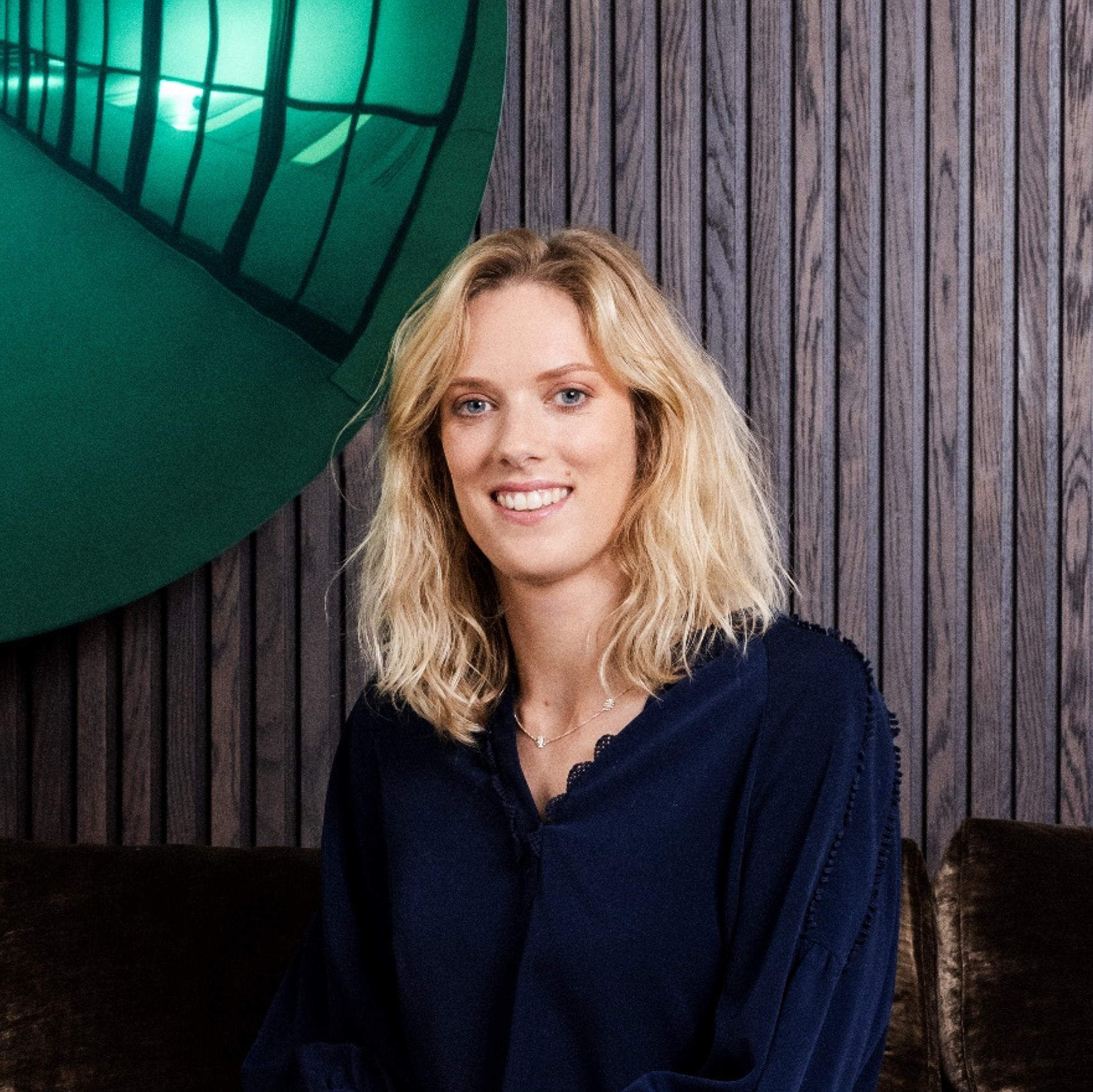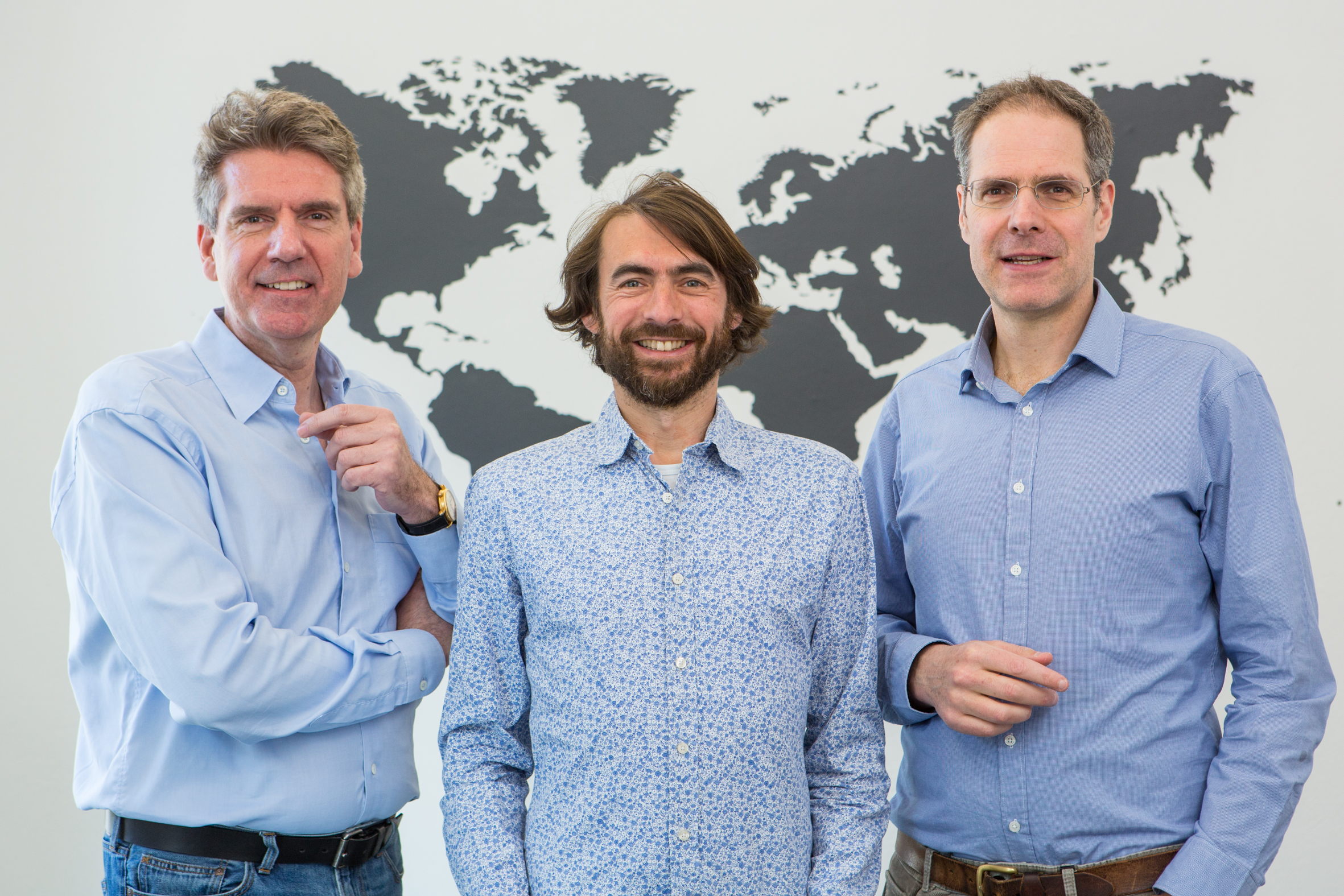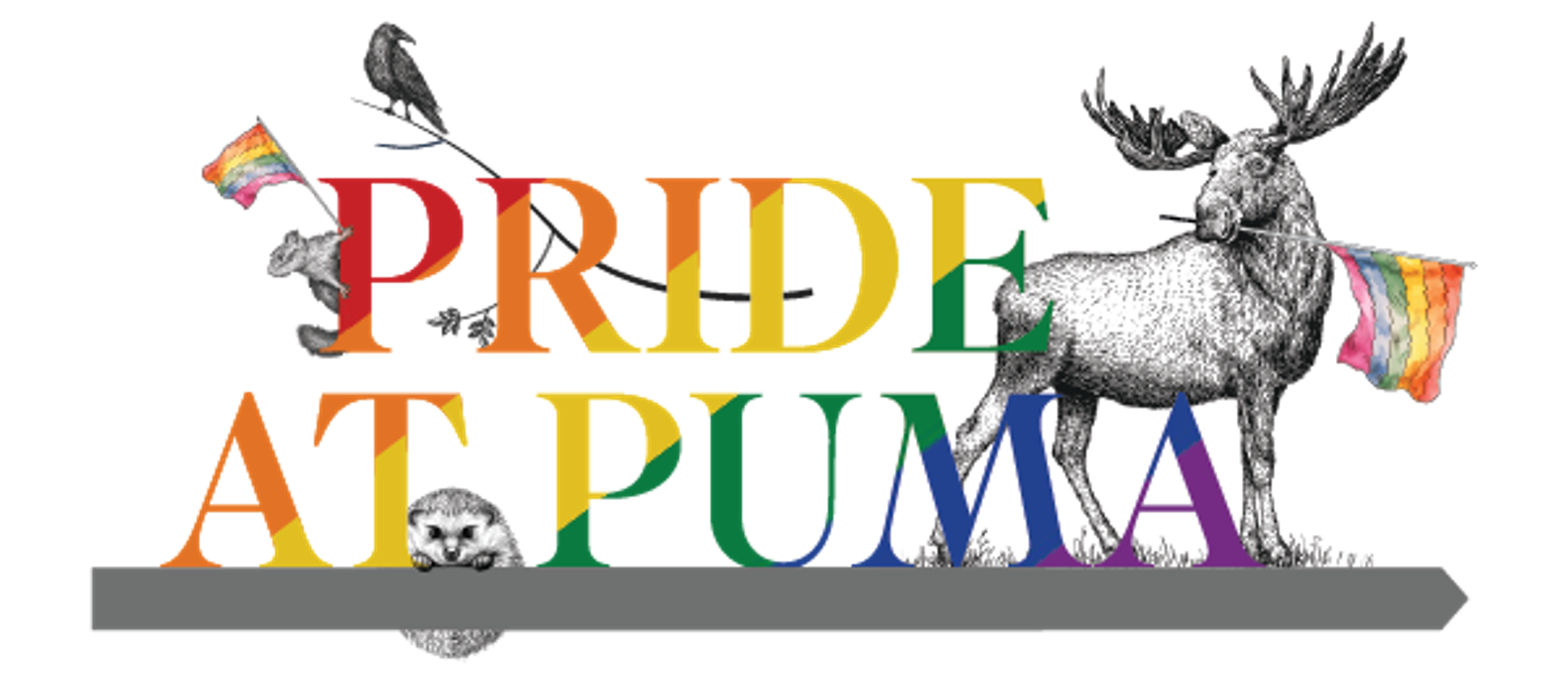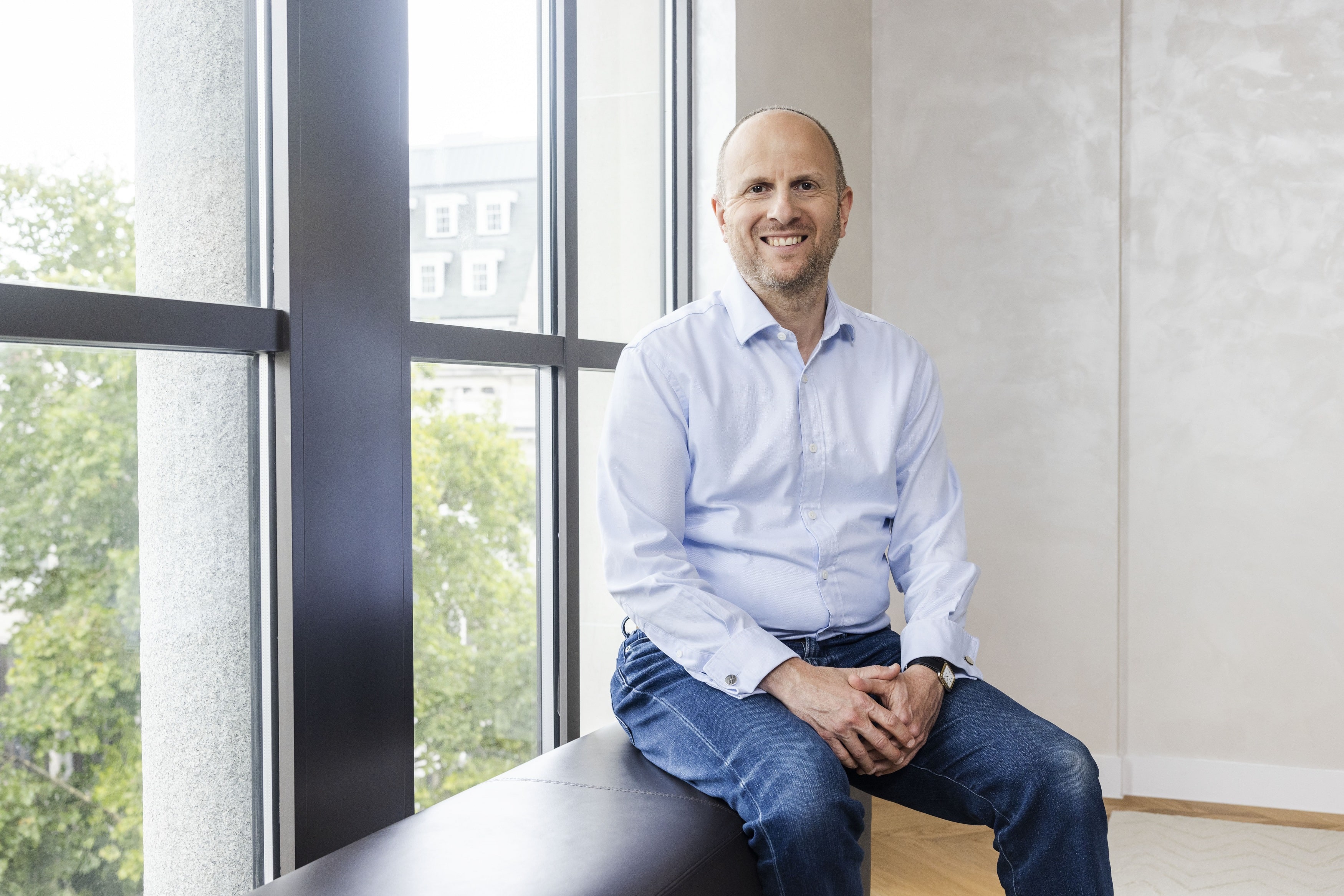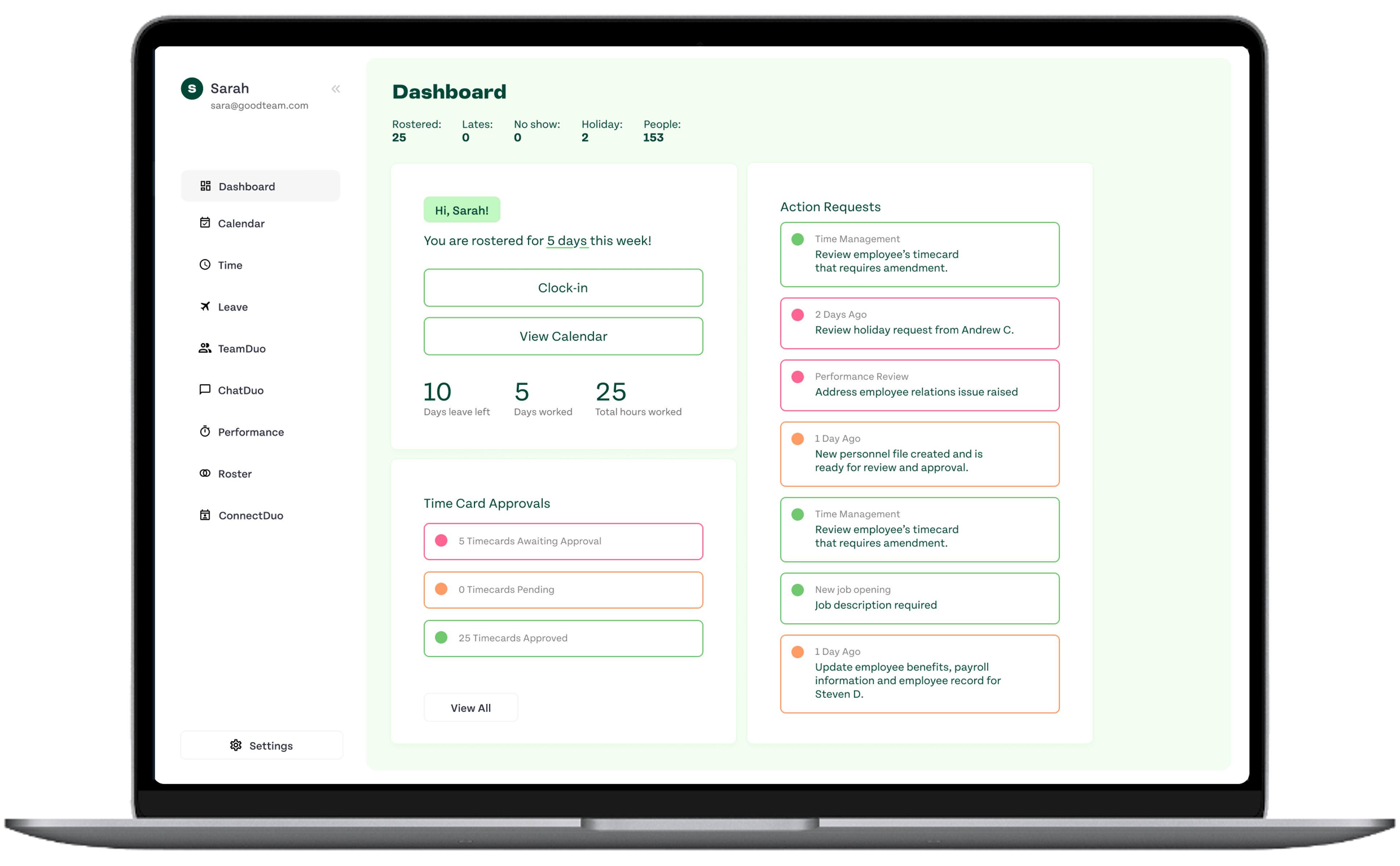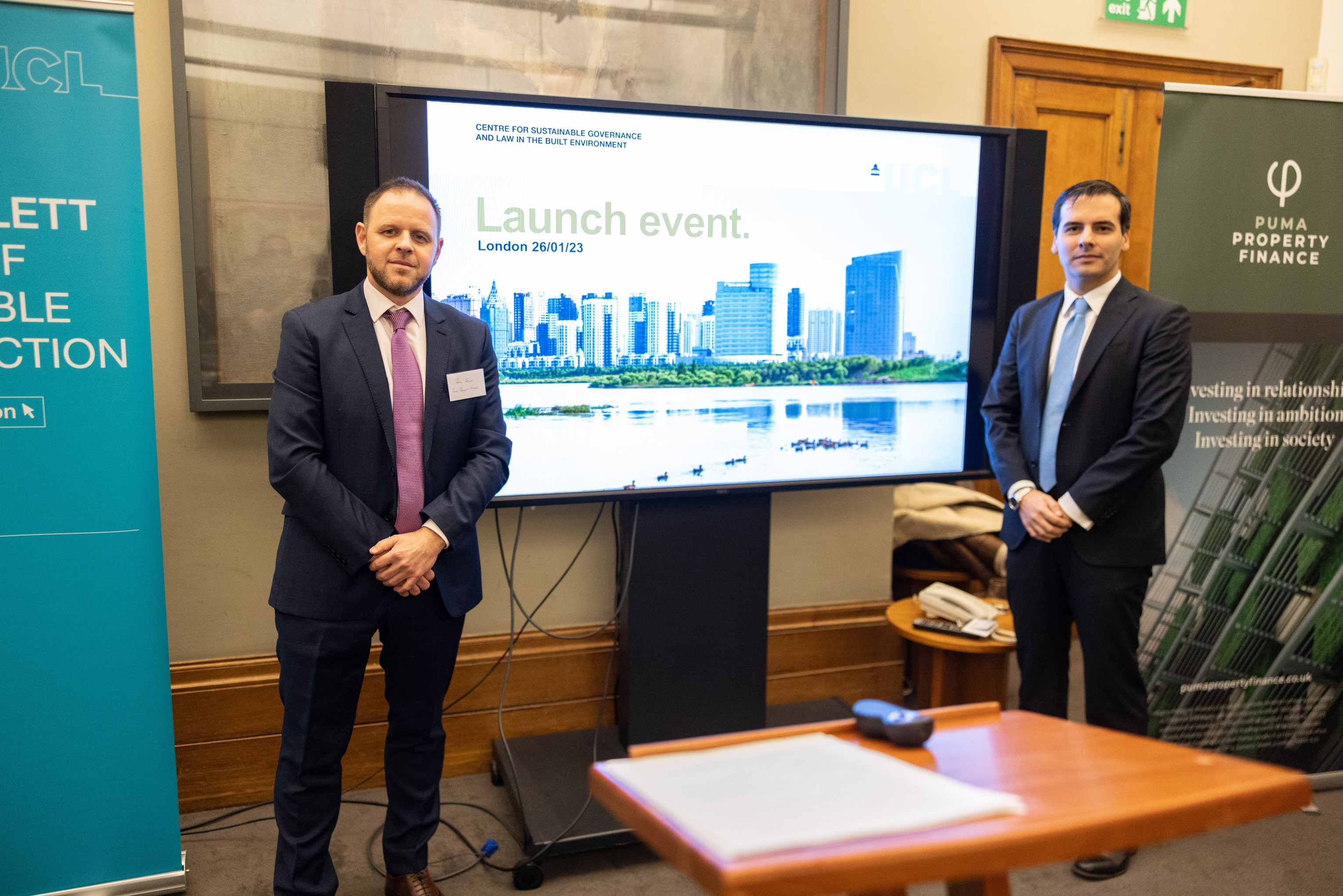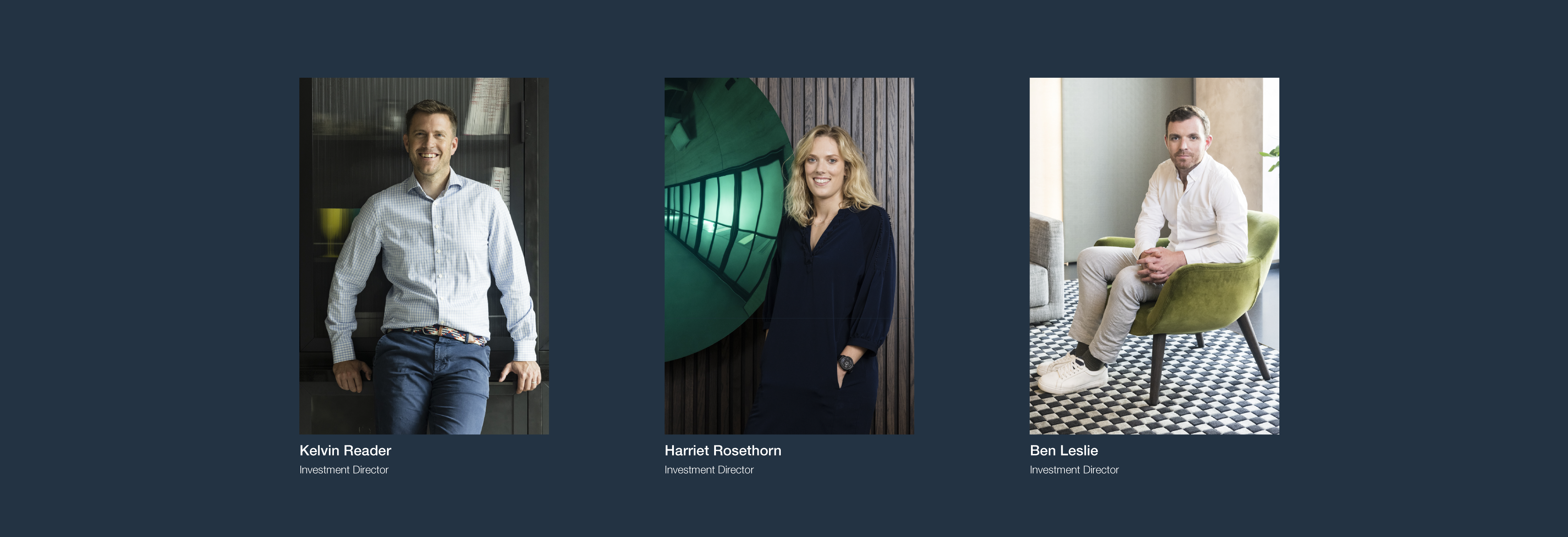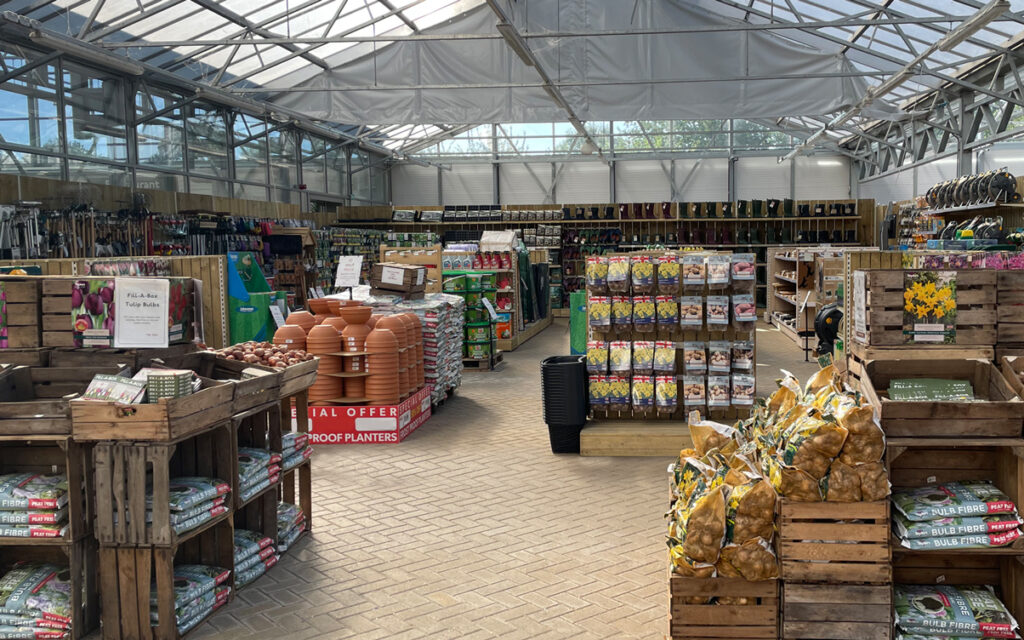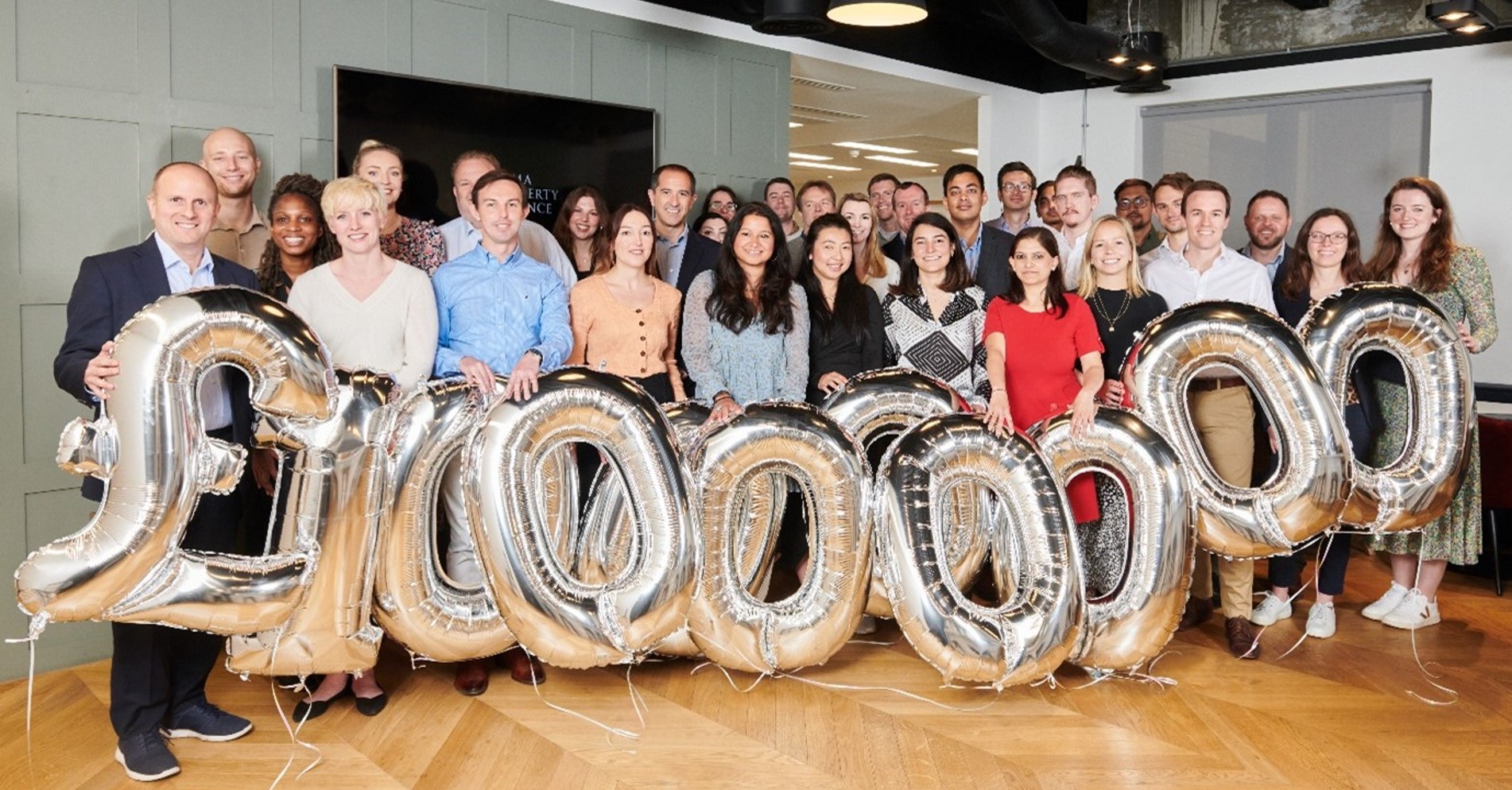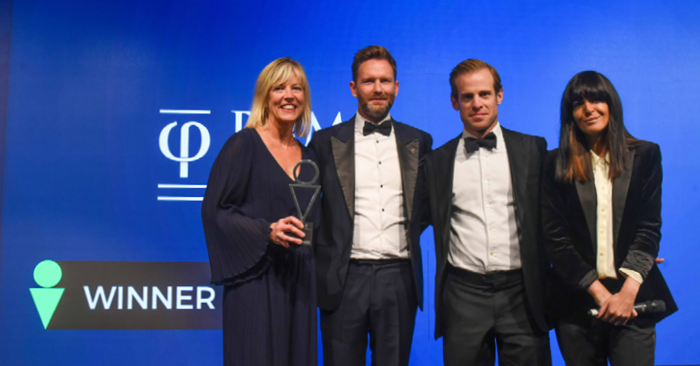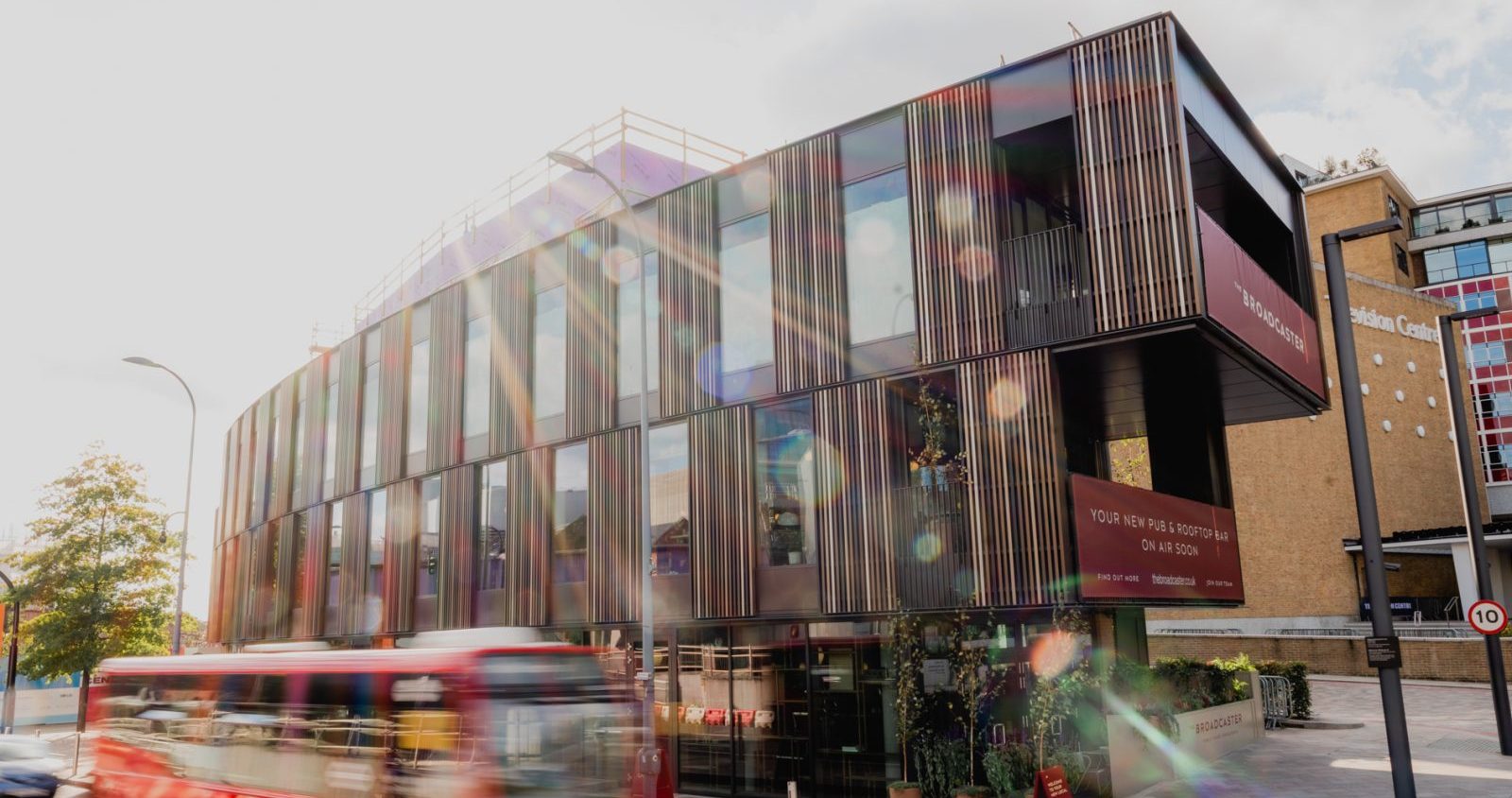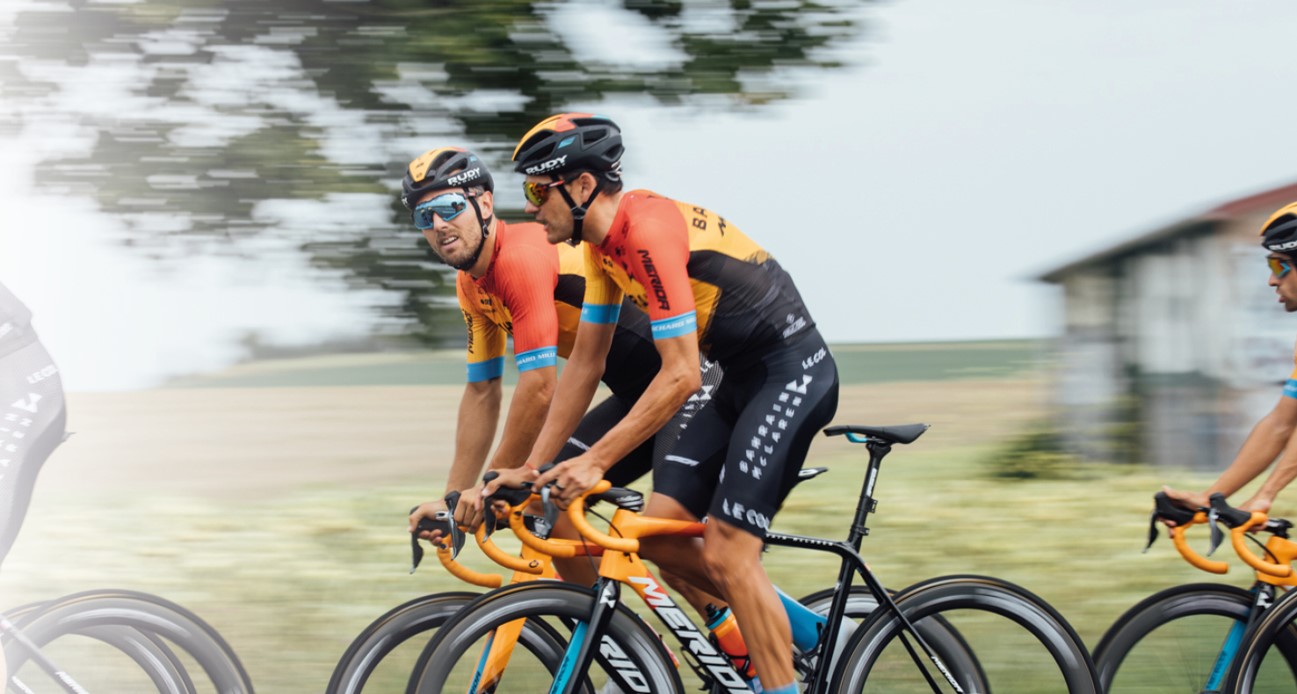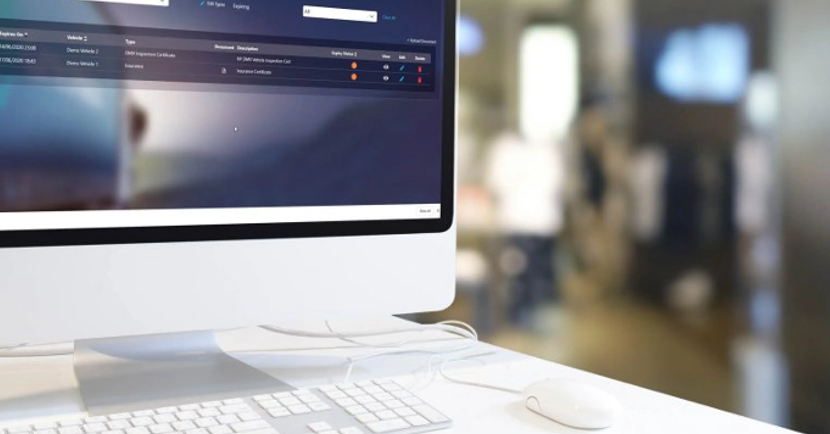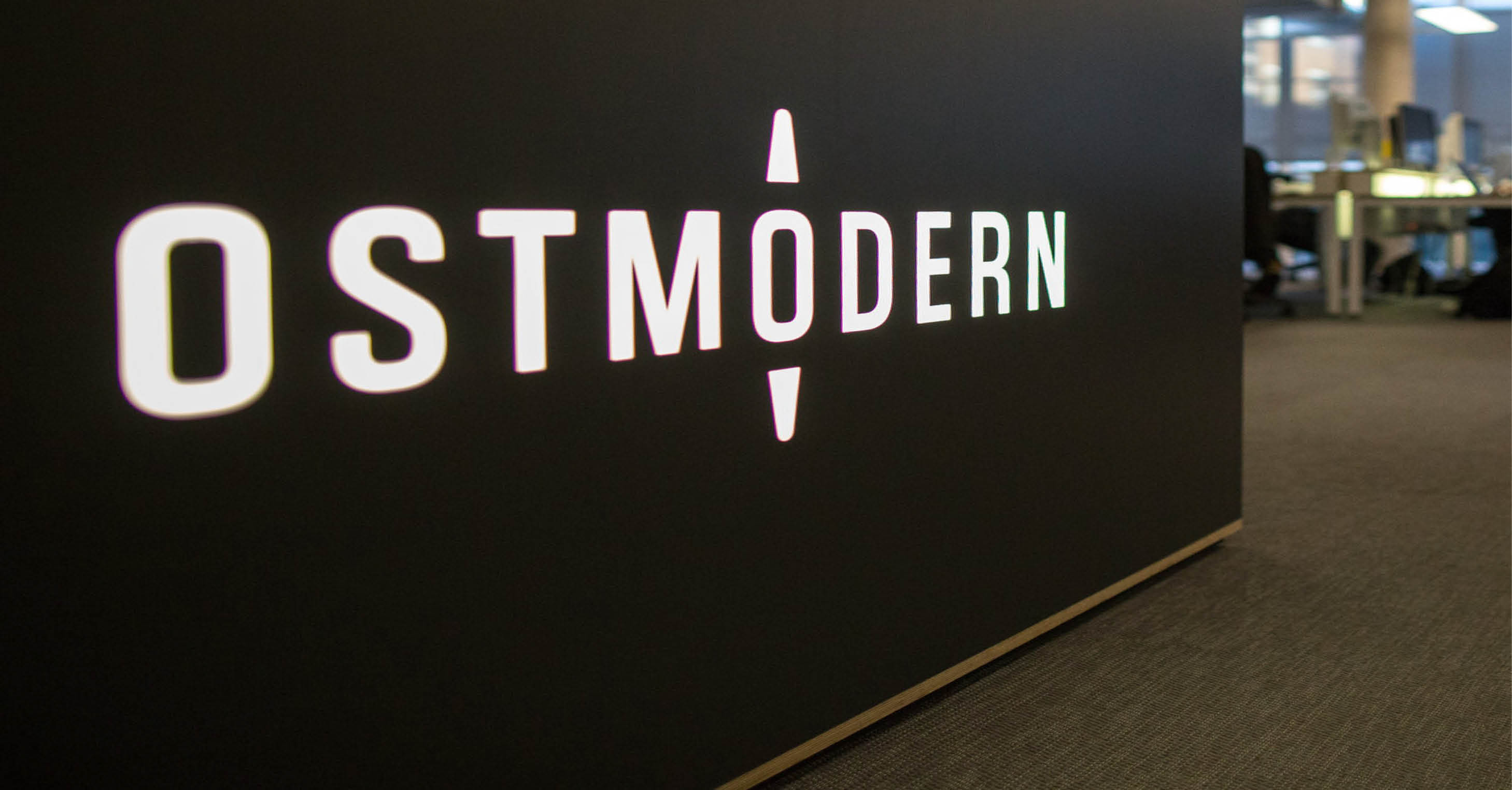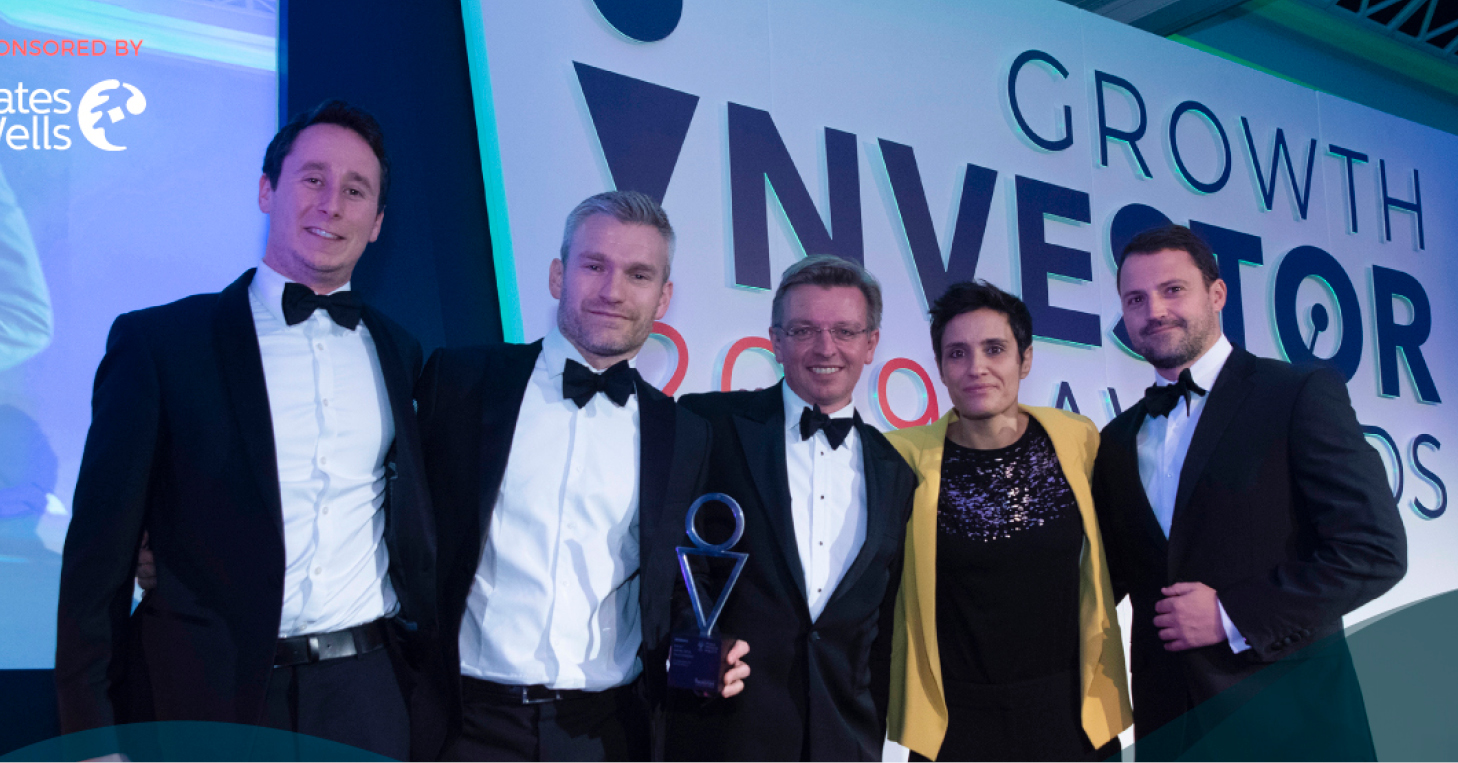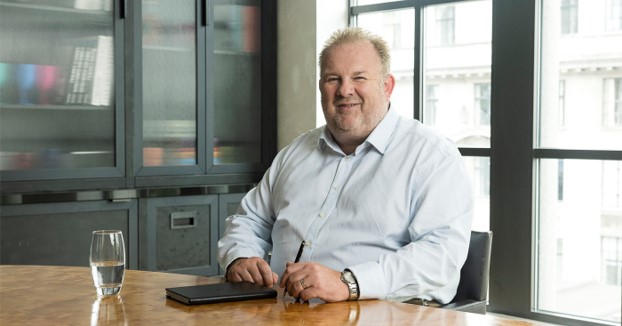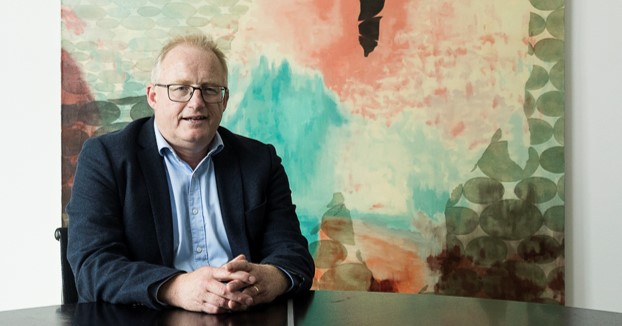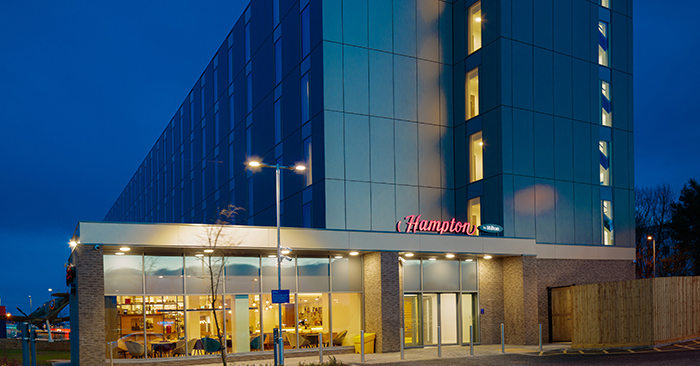
Dr Stuart Rollason gives his views on the current turbulence in the AIM market
Since AIM peaked in September 2021, we have seen steep falls across the market and amongst AIM’s largest companies. Size, in this instance assessed by market capitalisation, has not offered protection. Businesses possessing lower margins, like ASOS and Boohoo, have been amongst the companies exposed to inflationary and supply chain pressures.
In our view, there has been a misallocation of capital resources due to a sustained period of exceptionally low interest rates. This low interest rate policy, enacted since 2009, was to stimulate recovery from the 2007/2008 financial crisis. We believe that we are now on a path to normalisation of monetary policy.
As interest rates rise, the value of future cash flows on any asset decreases. To mitigate this effect, one should focus always on quality sustainable returns on capital and free cash flow. Further, rate rises should diminish the structural advantage of highly rated and larger market capitalisation names, where their elevated equity multiple has allowed for expensive acquisitions to be earnings accretive. Over recent years this has provided many highly rated companies with a means to increase their earnings-per-share through acquisition, with the retention of an above-average P/E multiple to push the share price upwards. Indeed, for many, an acquisitive strategy was the only way to justify their valuation given that like-for-like organic growth was less inspiring. Institutional shareholders of these expensive growth companies had powerful fund inflows as a result of strong performance to create a virtuous circle.
Management is judged on, and their incentive package often aligned to, maintaining growth rates. As businesses grow, the size of the businesses acquired must also increase if management are to influence earnings-per-share growth and preserve its bonus package. However, with larger and/or numerous acquisitions, comes greater risks, particularly around strategic, organisational and cultural fit across the various business units and locations. Whilst share prices are always a short-term indicator, and the table below does not represent our opinion on any specific acquisition, examples of recent large acquisitions on AIM are outlined below:
Acquirer | Market Capitalisation | Business bought | Acquisition Date | Consideration | Share price prior to acquisition | Share price at 13th May |
ASOS* | £1.4bn | Topshop | 01/02/2021 | £265m | £44.74 | £14.04 |
Boohoo | £1.0bn | prettylittlething | 28/05/2020 | £269.8m | £3.35 | £0.82 |
GB Group | £1.4bn | Acuant | 18/11/2021 | £547m | £8.83 | £5.41 |
Learning Technologies | £1.0bn | GP Strategies | 15/07/2021 | £284m | £1.98 | £1.24 |
RWS Holdings | £1.7bn | SDL | 27/08/2020 | £854m | £7.41 | £4.43 |
*ASOS moved from AIM to the Main Market on 22nd February 2022 Source: London Stock Exchange
Halma, listed on the UK Main Market, is one of the UK’s pre-eminent buy-and-build businesses. Although it too has suffered share price falls in the recent downturn, it has grown into a £8bn company. Over the years, it has made a number of successful acquisitions across many interest rate cycles and investment environments. This is what the co-founder of Halma, David Barber had to say on acquisitions:
“If you buy a business which is a replica of one you already own and manage successfully, then you are in a good position to check whether or not you have a good deal……Where we do move into a newish field, we do so very cautiously and, wherever we can, we will buy small so as to reduce the scale of the risk.”
The AIM market is a vibrant market that nurtures small businesses. Many successful small companies have made effective use of the AIM market to deliver true organic growth whilst enhancing shareholder returns through small quality acquisitions, and we outline some recent examples below:
Acquirer | Market Capitalisation | Business bought | Acquisition Date | Consideration | Share price prior to acquisition | Share price at 13th May |
Beeks Financial Cloud | £106m | Velocimetrics | 15/04/2020 | £4.55m | £0.90 | £1.62 |
Belvoir Group | £91m | Nicholas Humphreys | 01/04/2021 | £4m | £2.05 | £2.45 |
Inspiration Healthcare | £66m | SLE | 19/06/2020 | £18m | £0.66 | £0.97 |
Property Franchise Group | £98m | Hunters | 19/03/2021 | £25.2m | £1.80 | £3.07 |
Tracsis | £297m | iBlocks | 11/03/2020 | £25.7m | £6.80 | £10.05 |
Source: London Stock Exchange
At Puma, the AIM IHT Model Portfolio currently holds 33 companies delivering on a broad range of strategies in a range of sectors to diversify our client investor risk. Some of our holdings are acquisitive periodically. As interest rates rise, company management will need to be disciplined in its search for returns and how that is achieved.












